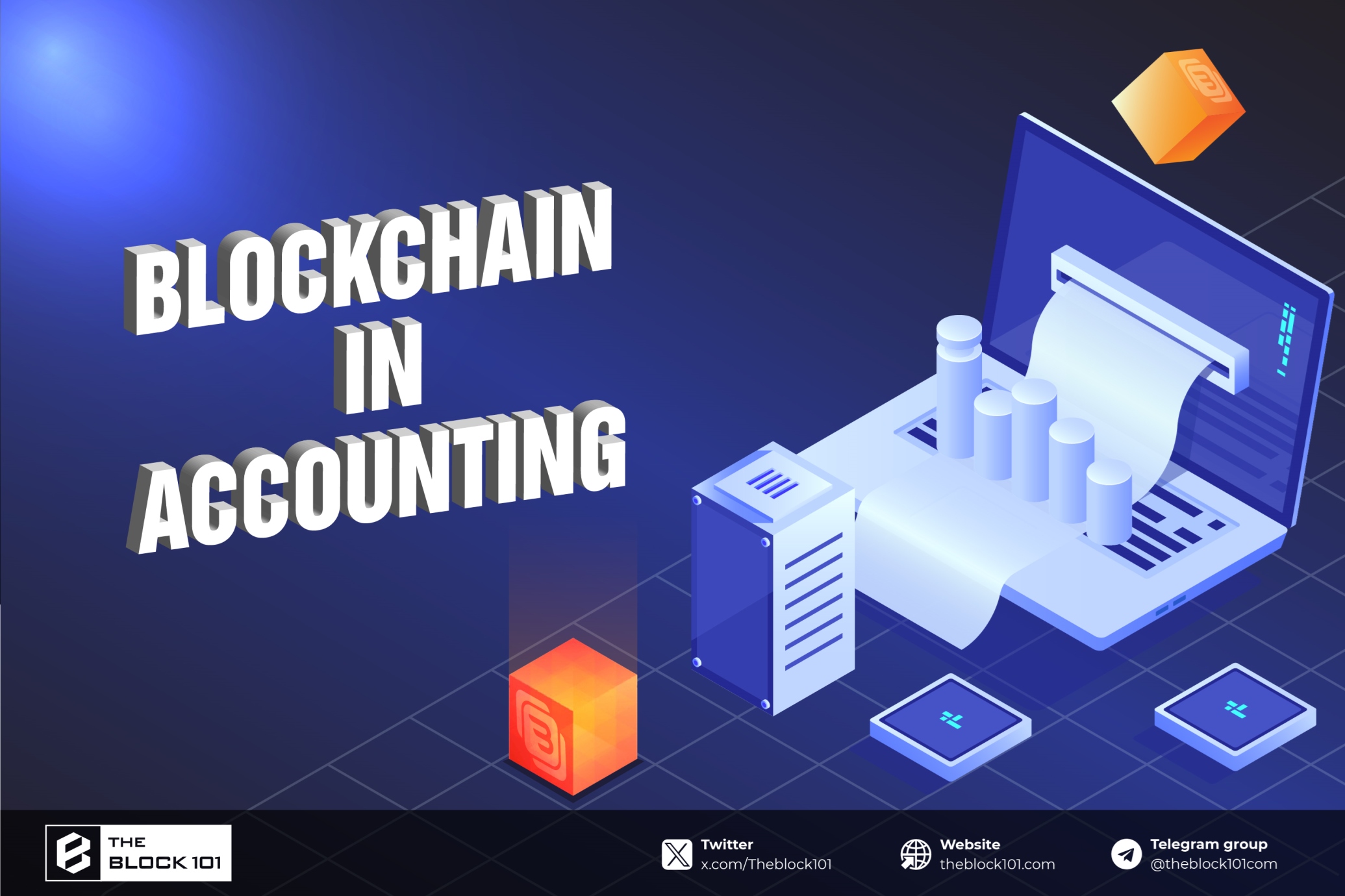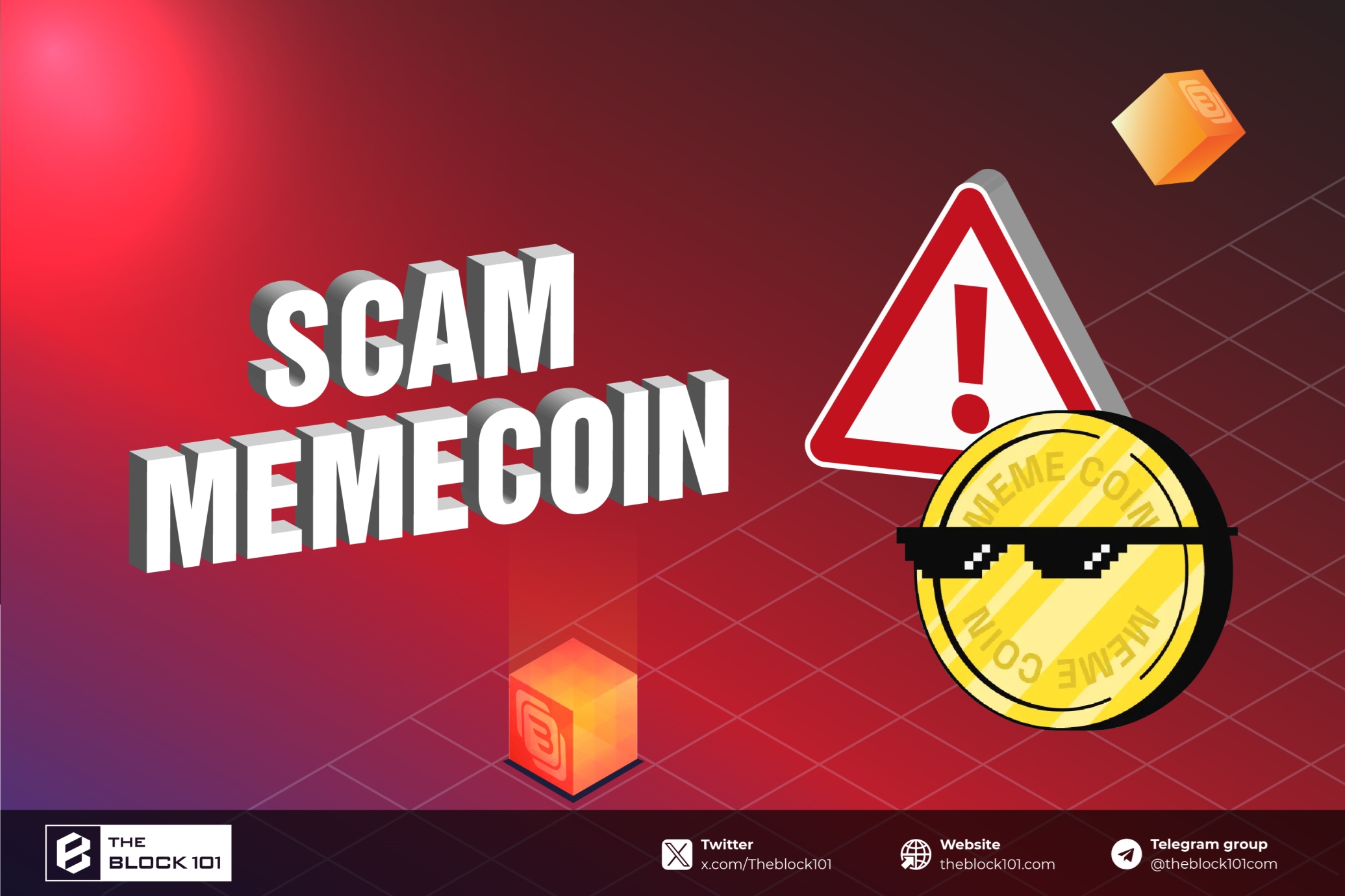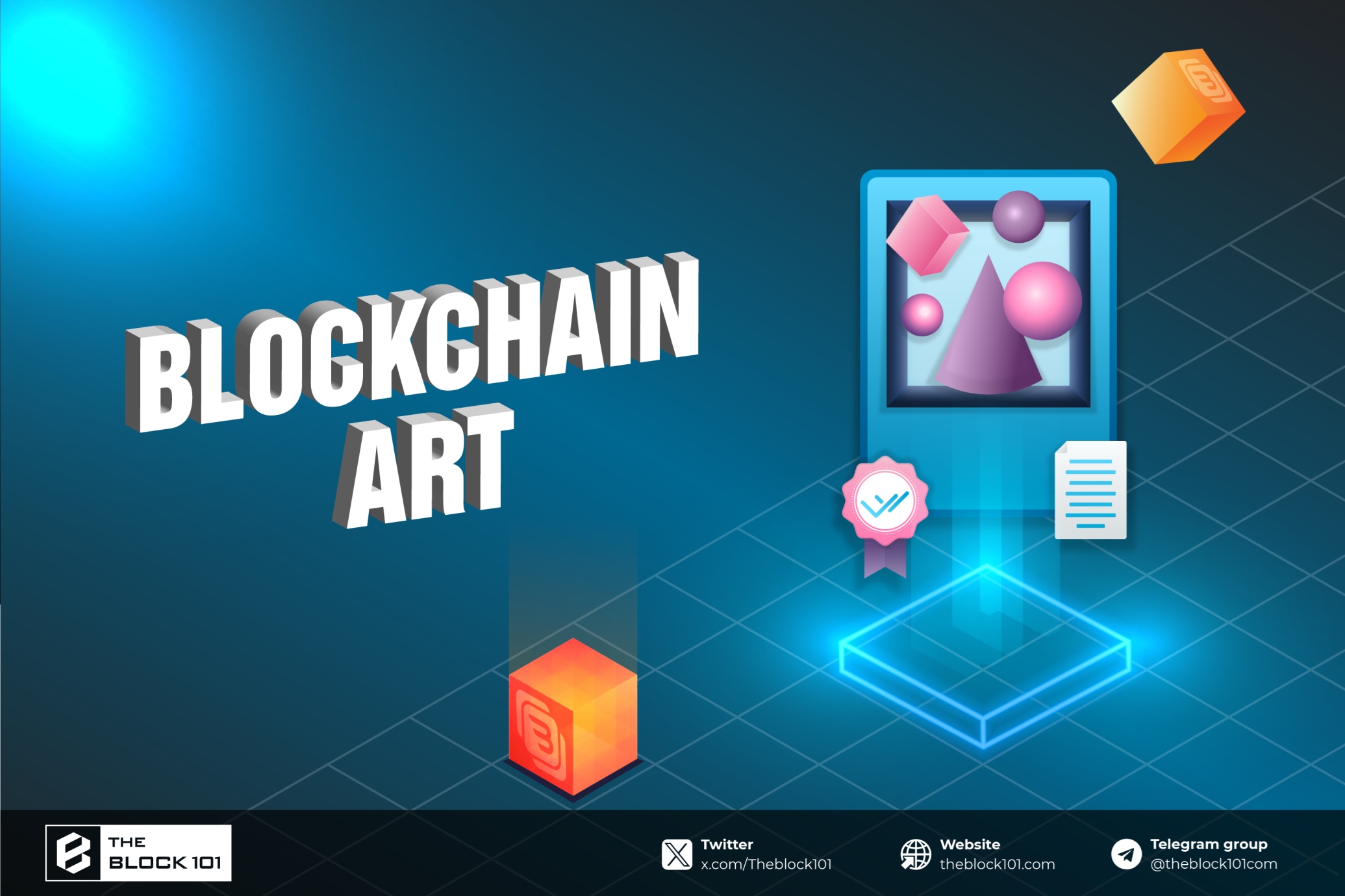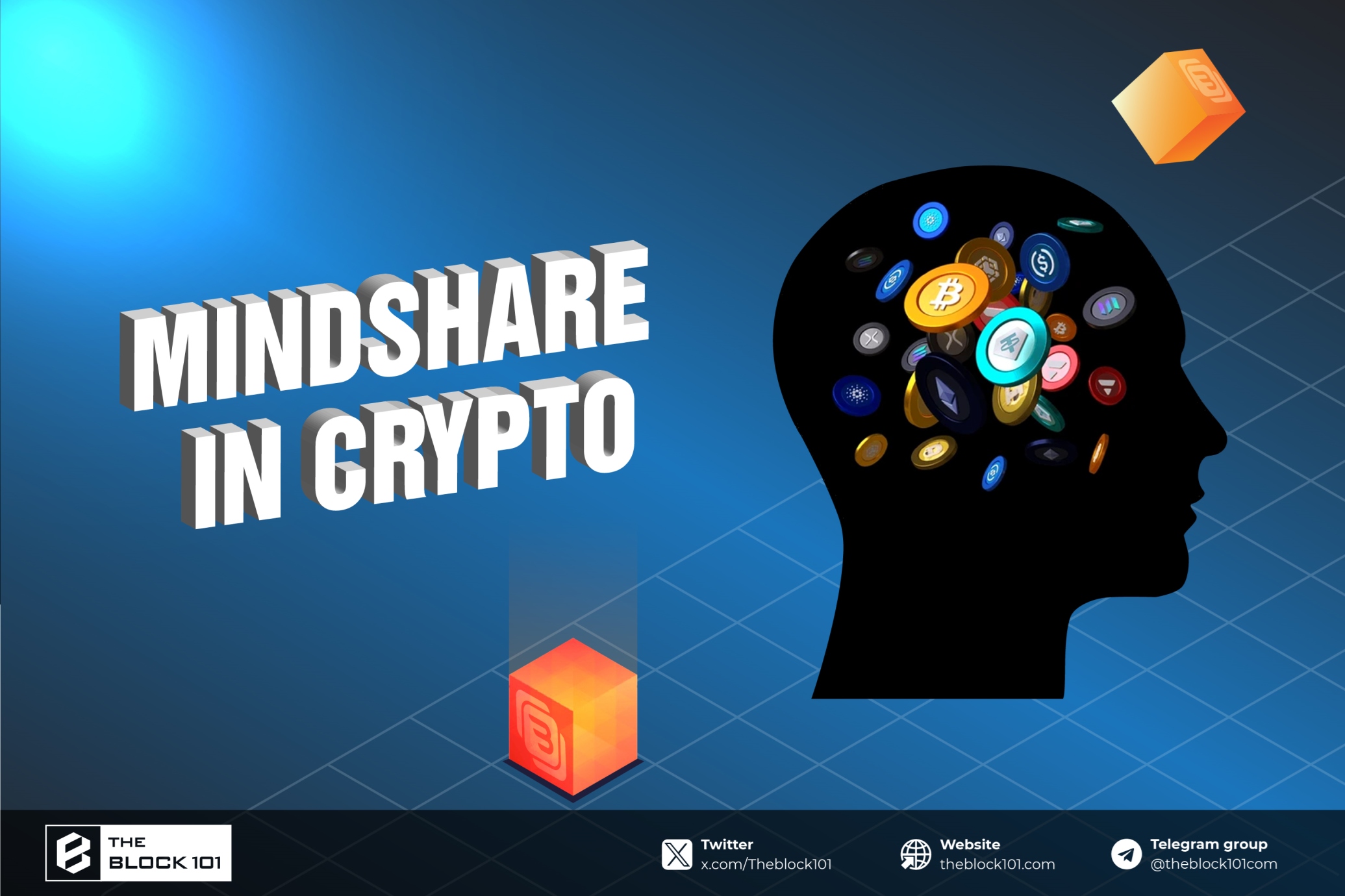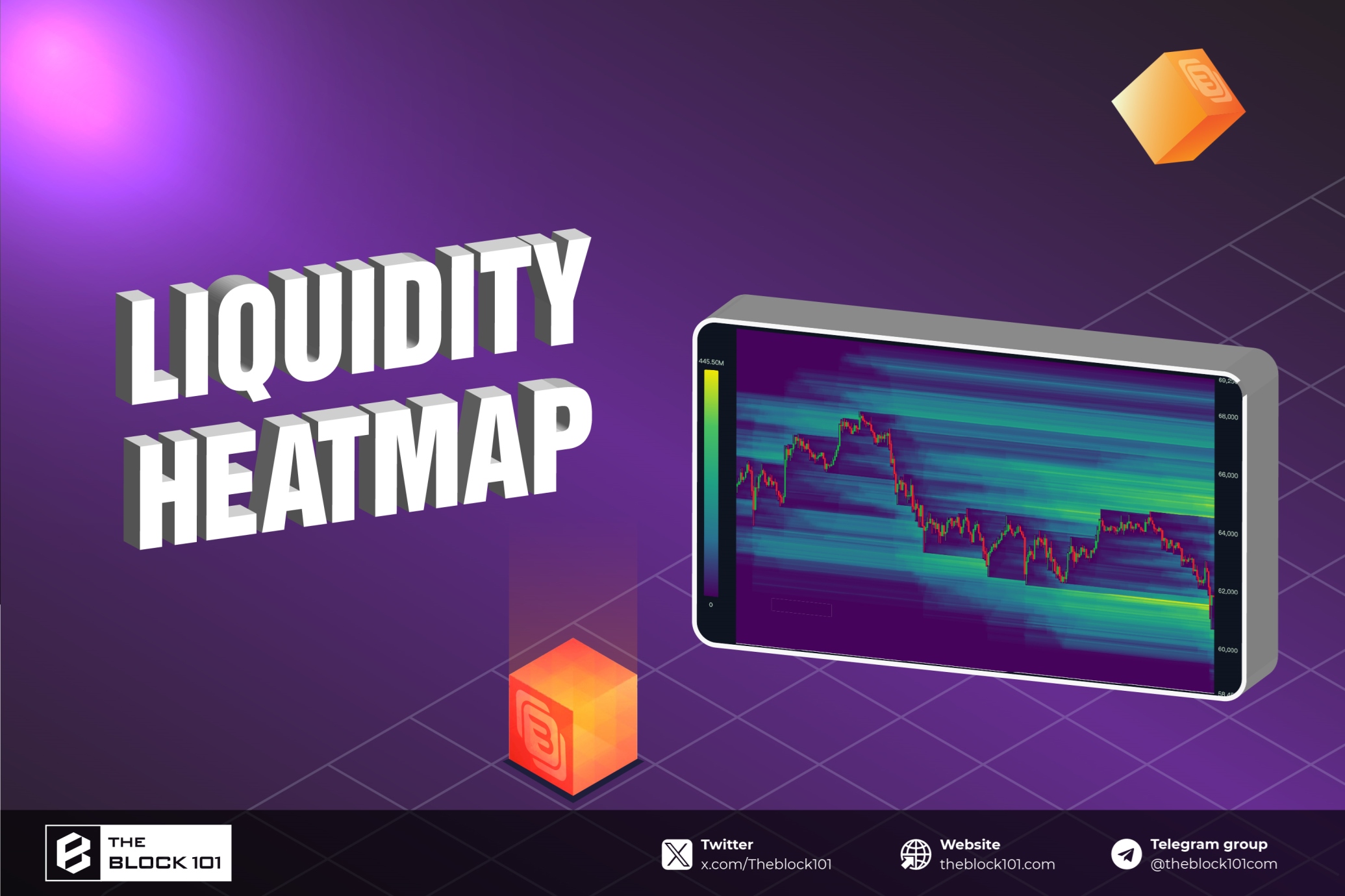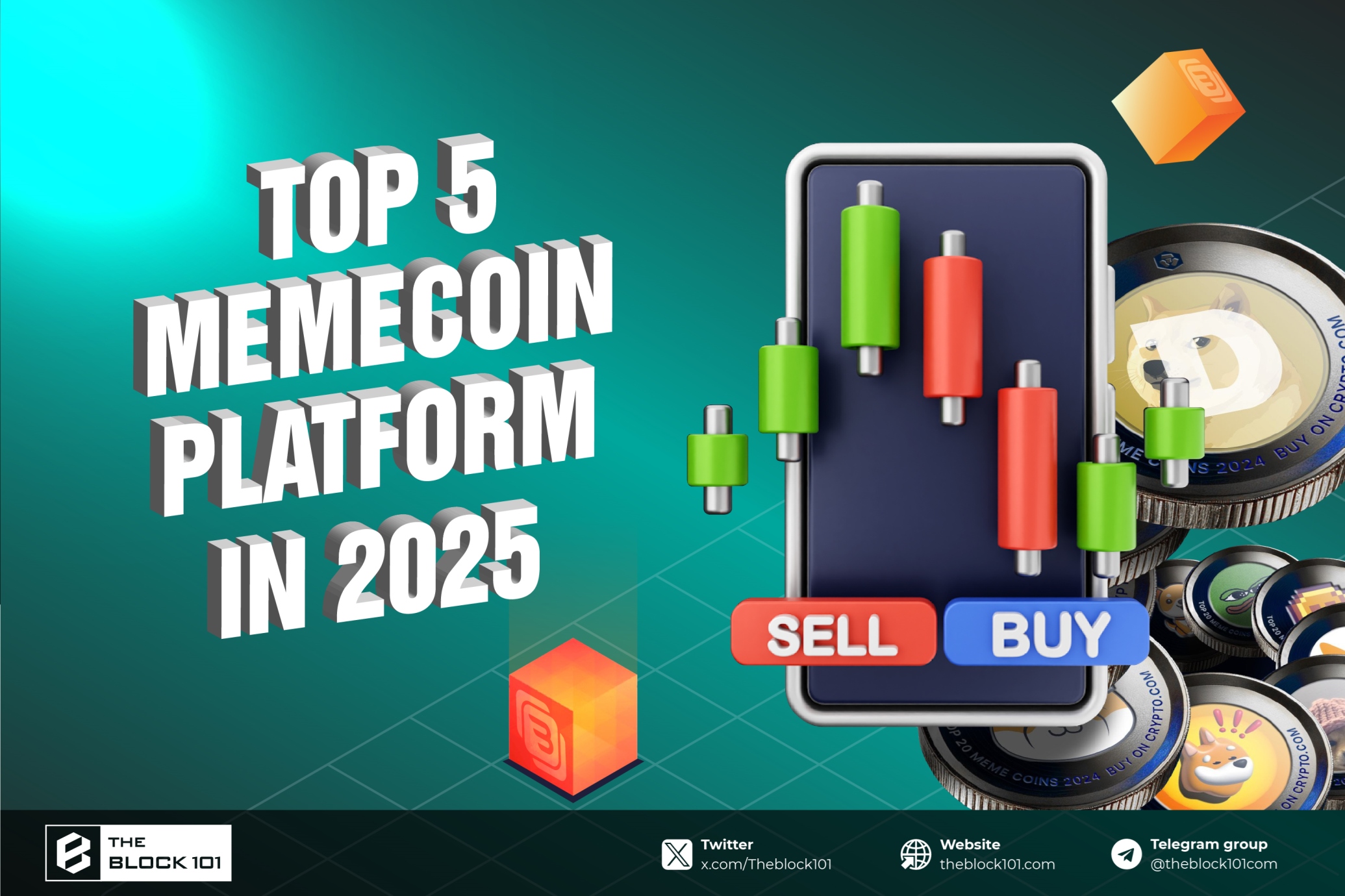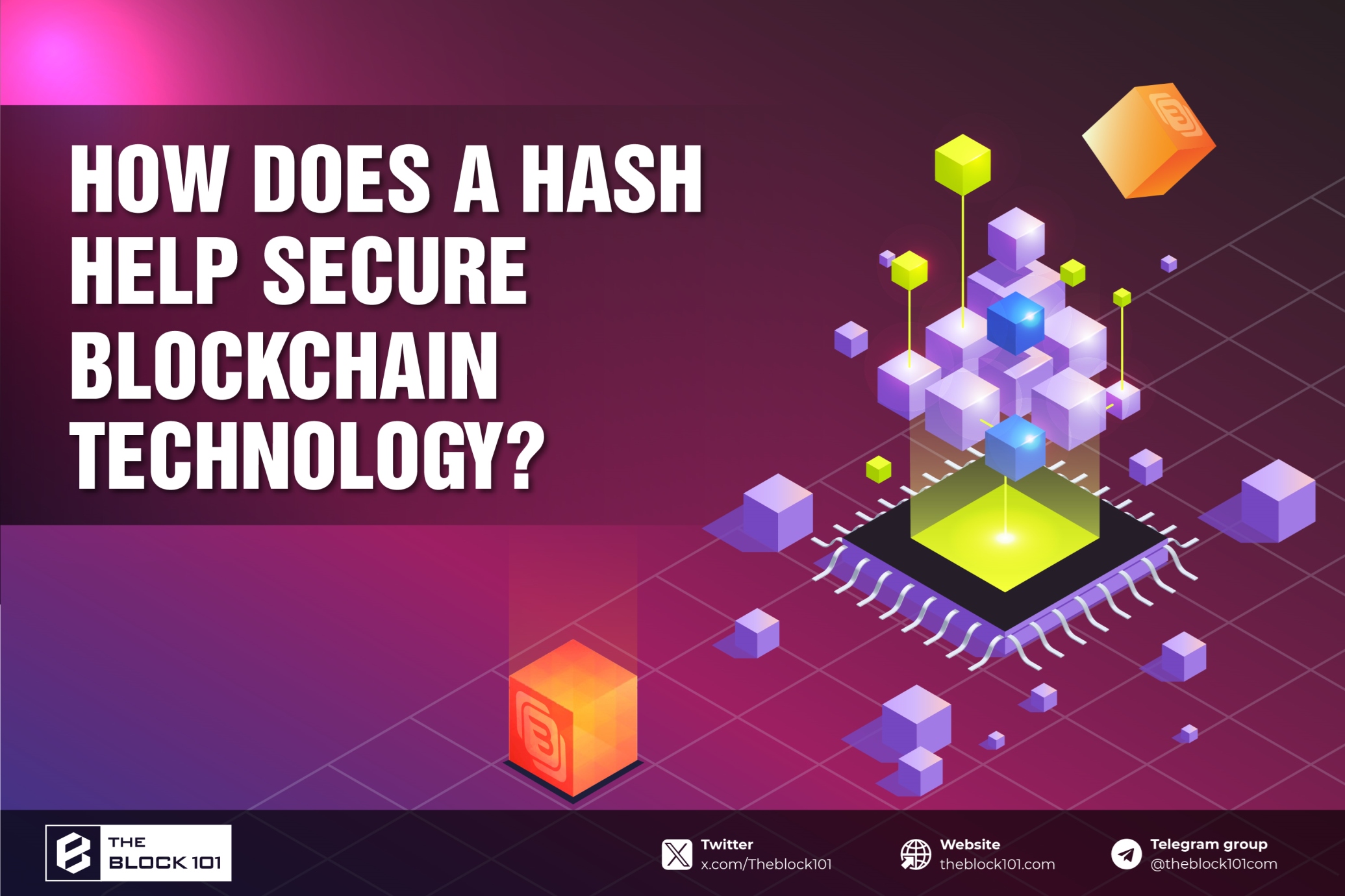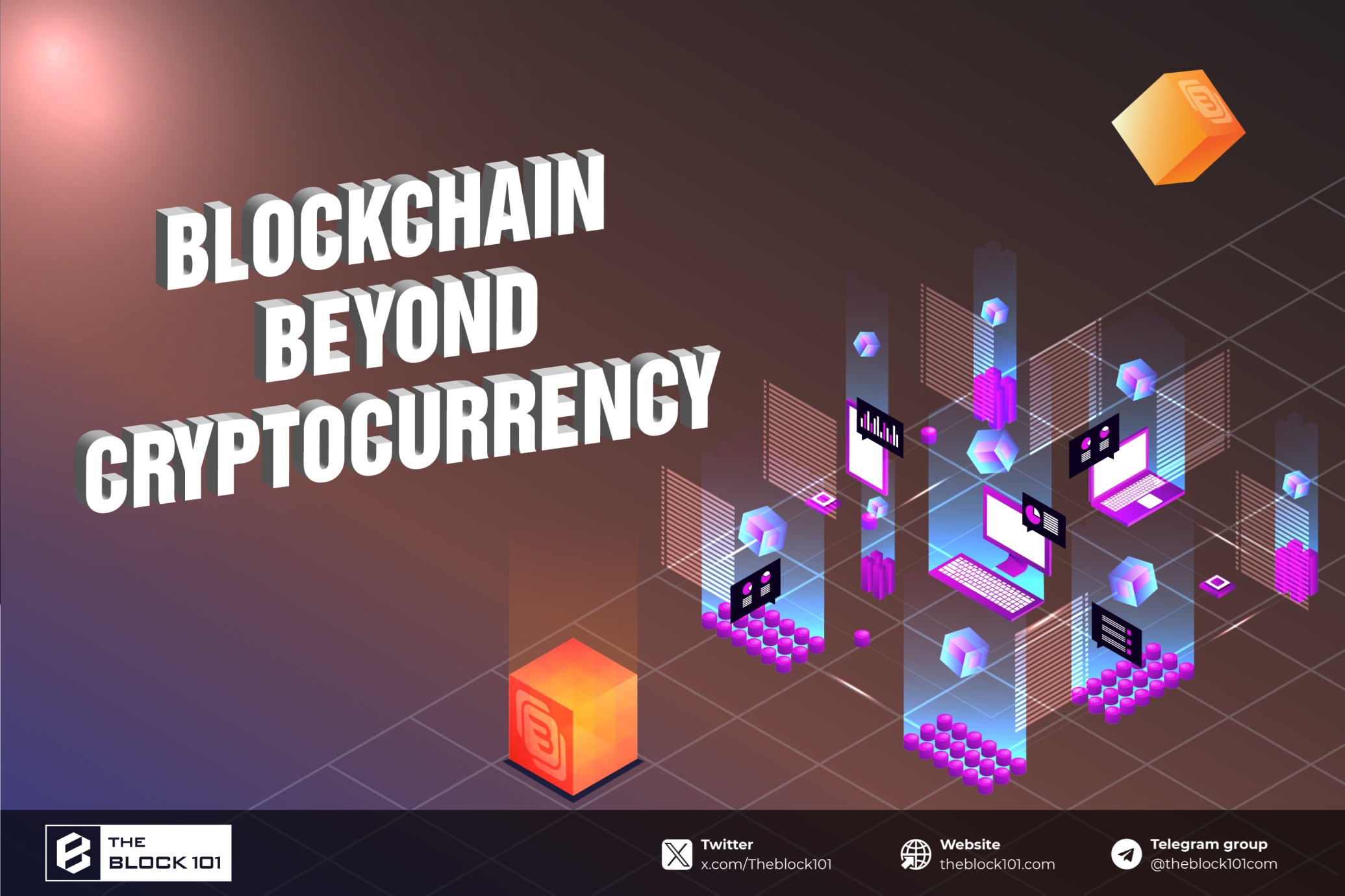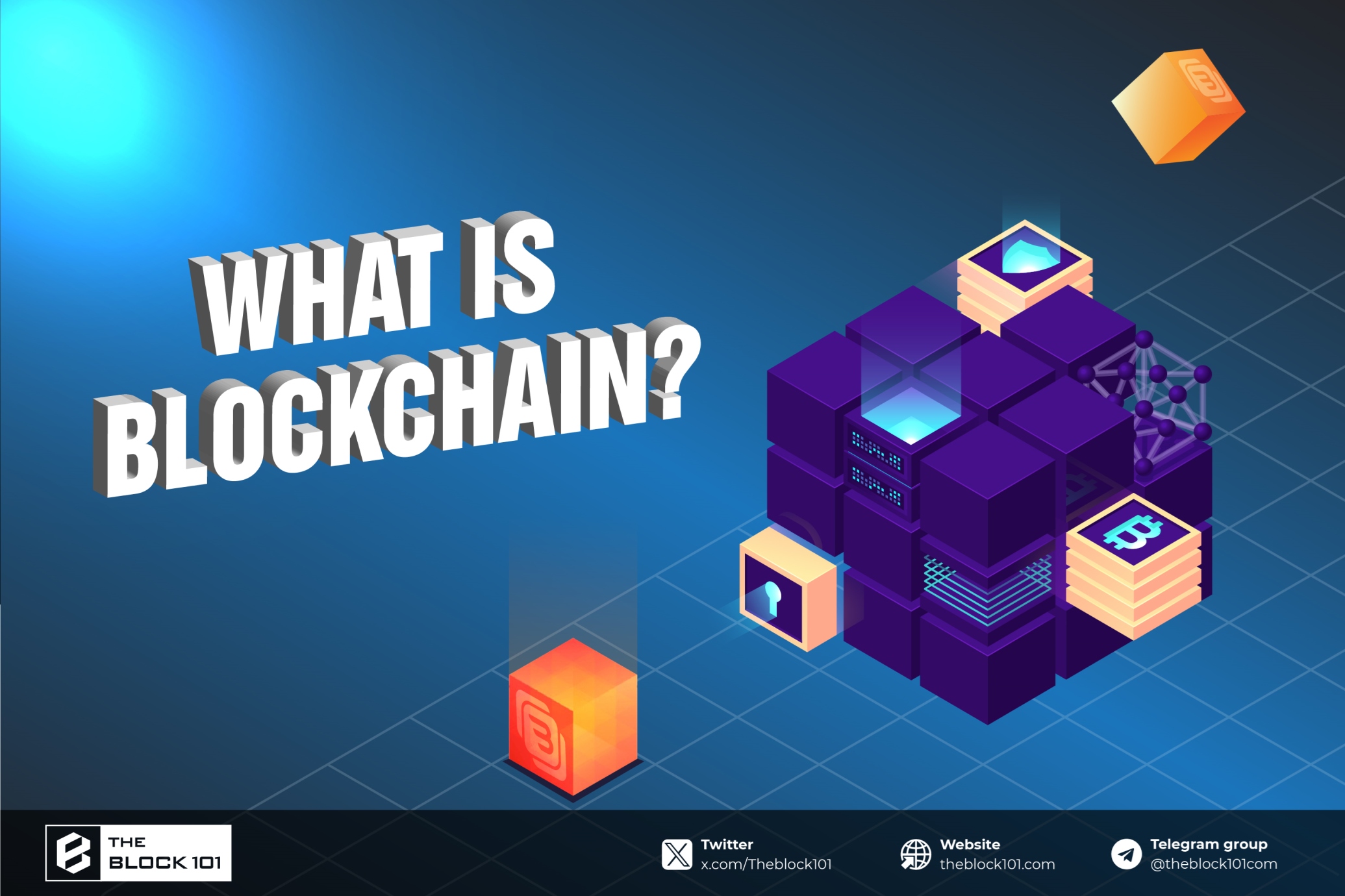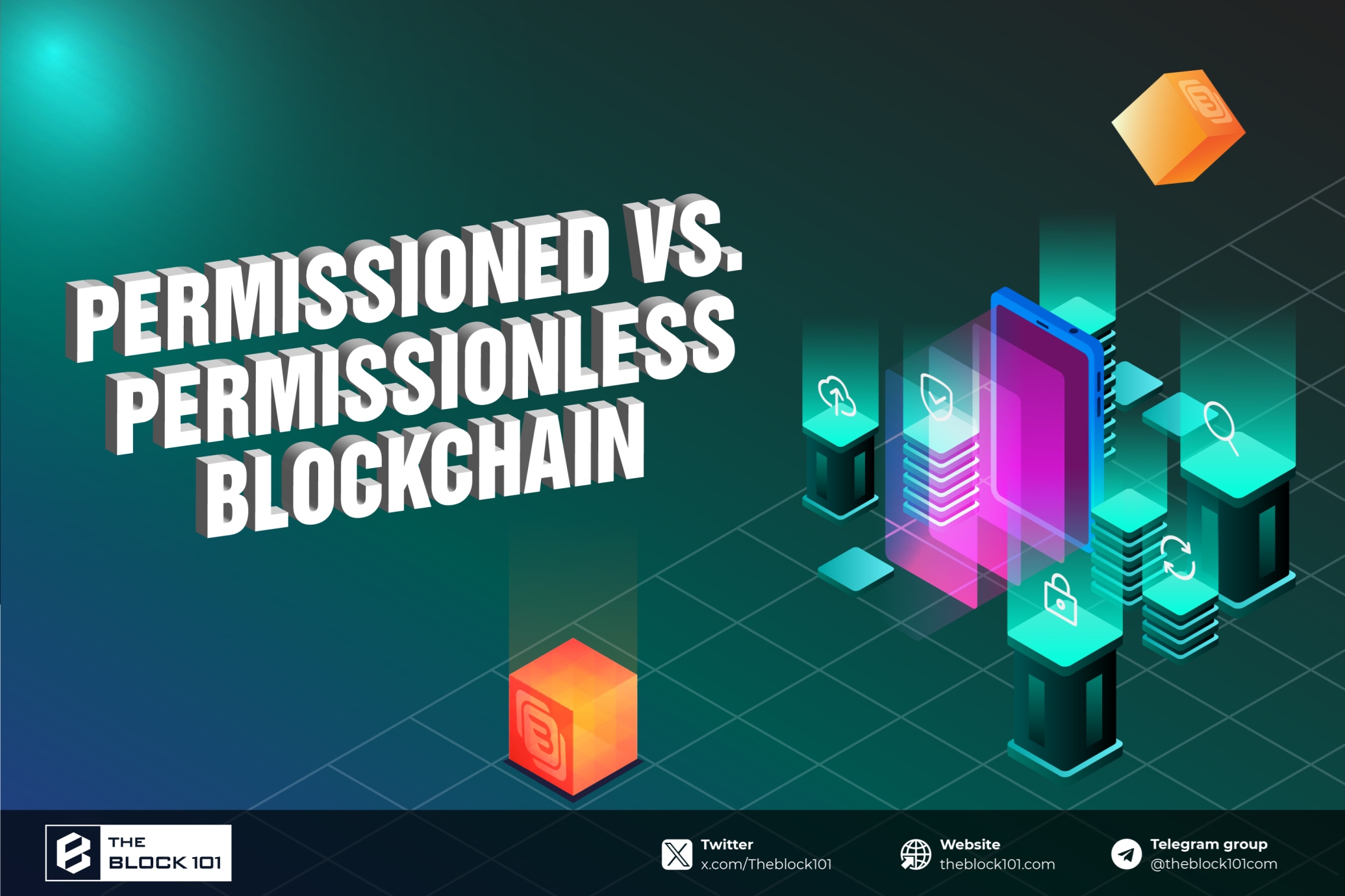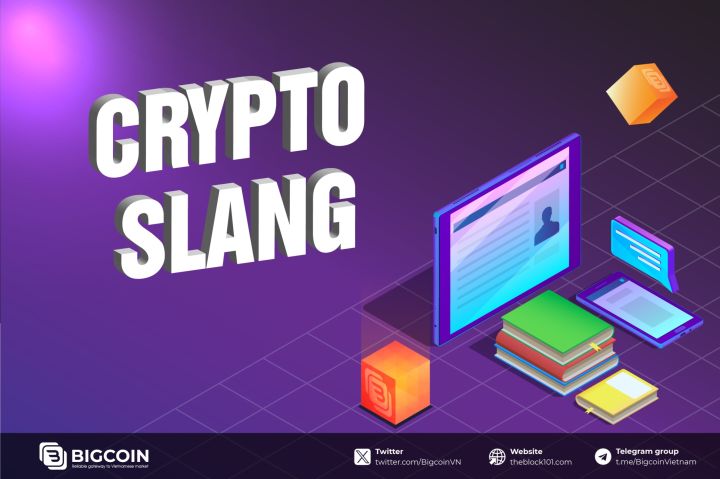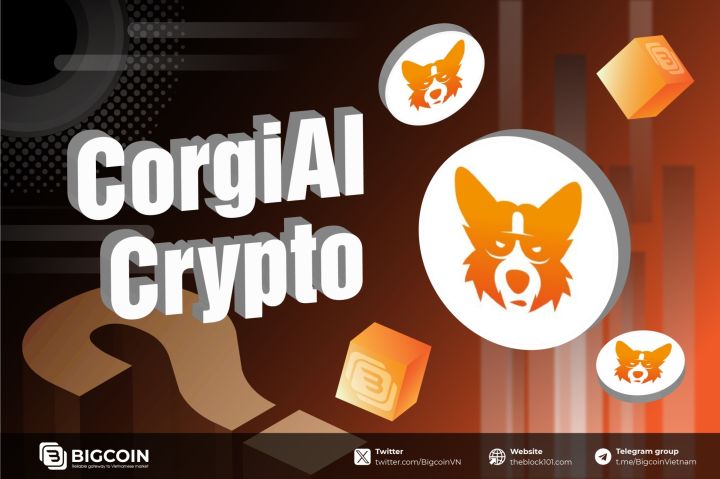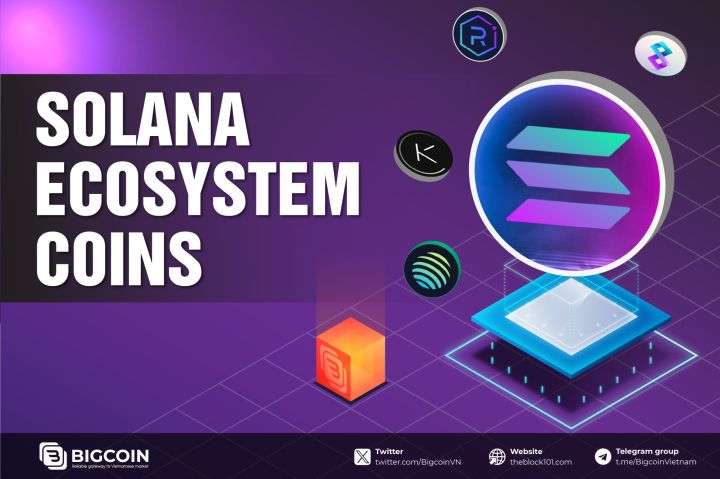1. Who Are Miners? What is Bitcoin Mining?
"Miner" refers to individuals participating in the process of Bitcoin mining. Bitcoin mining describes the process of verifying information within a blockchain block by solving a cryptographic puzzle that meets specific criteria.
Once a correct solution is found, the miner who completes the task first receives a reward in the form of Bitcoin along with transaction fees.
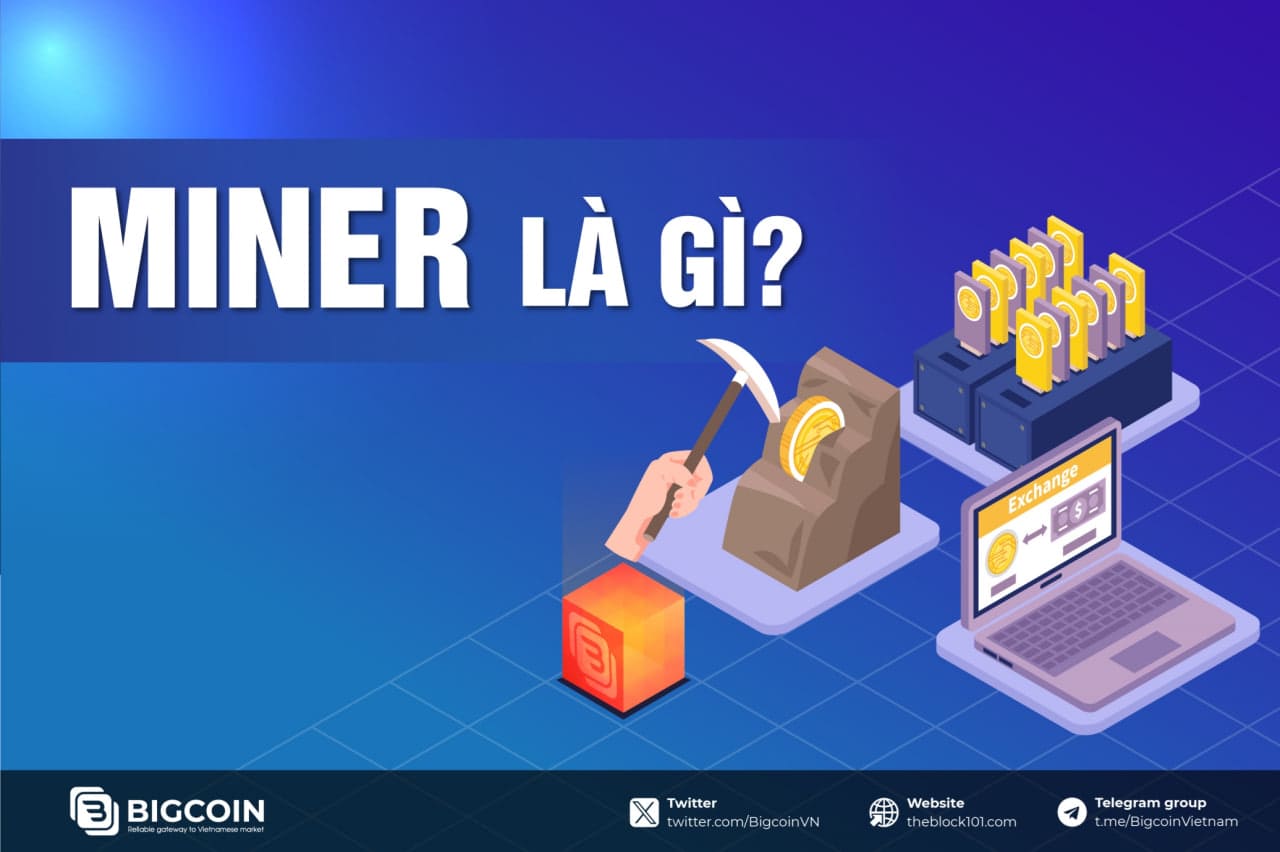
2. How Bitcoin Mining Works
In the Bitcoin network, several key elements contribute to the unique operation of the mining process:
2.1. Hash Function
A hash function is a 64-character hexadecimal number representing the output generated by sending information through a hashing algorithm.
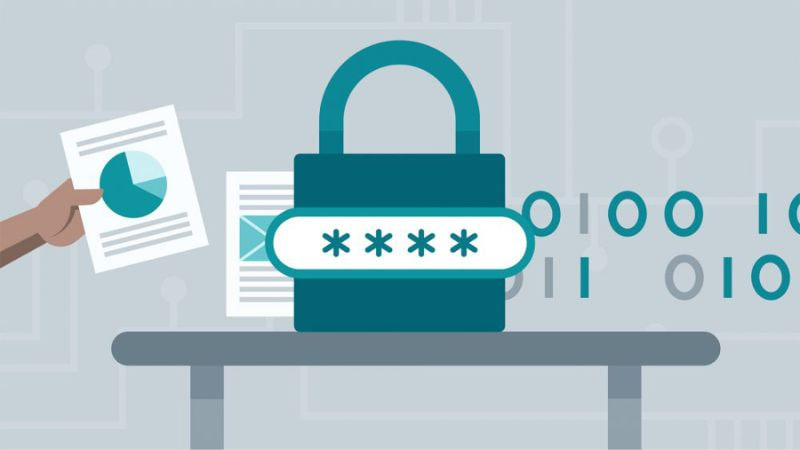
Bitcoin mining involves creating a hash for each block. The more hashing power within the network, the greater its security and resistance to third-party attacks.
During Bitcoin mining, the hash is used to generate a block hash that becomes part of the header for the next block, linking each block to its predecessor, thus forming the blockchain.
2.2. Target Hash The target hash is a number miners aim for when mining a cryptocurrency like Bitcoin. It is a hash converted from hexadecimal to decimal form.
The target hash helps determine the mining difficulty by measuring how challenging and time-consuming it is to find a matching hash for each block.
For instance, the hash for block 786,729 is:
00000000000000000005a849c28eb24b8a5e04fcecc1ccb3eb2998e4730a456e
And the target hash may look like this:
0x1705c739
Miners aim to produce a hash that is less than or equal to the target hash.
2.3. Nonce
"Nonce," short for “number only used once,” is a random number miners search for when mining Bitcoin. The nonce is crucial for Bitcoin’s blockchain to function smoothly, and it’s a key component in the Proof-of-Work (PoW) algorithm and consensus mechanism. Most mining operations start with a nonce of 0 and incrementally increase it.
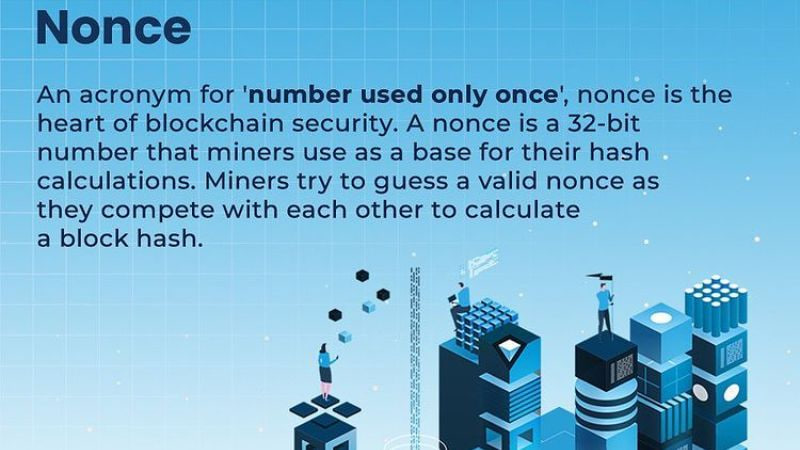
Nonce is a compound word for “number used only once”
During mining, a program generates a random nonce and pairs it with a hash. The nonce is adjusted with each attempt until the generated hash and nonce are less than or equal to the target hash set by the network.
The first miner to achieve this receives a reward along with transaction fees, and a new block is added. Miners have multiple opportunities to find the “golden nonce” and receive block rewards in proportion to their computational power.
2.4. Proof of Work
Proof of Work (PoW) is a blockchain consensus mechanism that incentivizes miners for contributing computational power to the network by rewarding them. To achieve a hash lower than or equal to the target hash, miners must invest considerable effort.
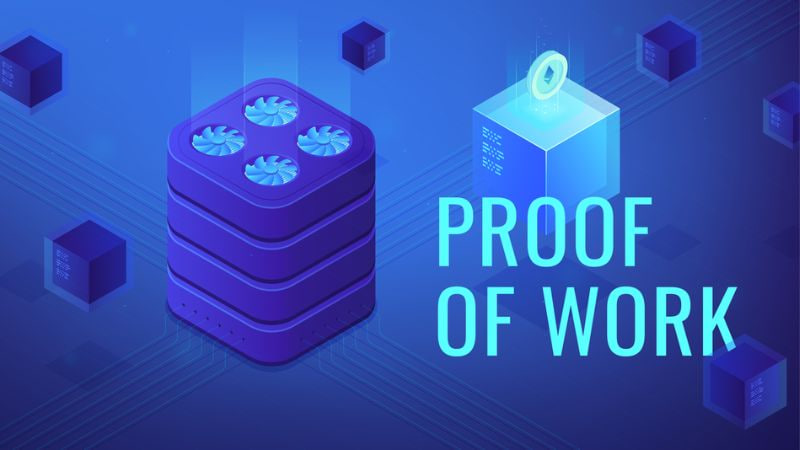
Proof of Work (PoW) is a blockchain consensus mechanism
2.5. Confirmation Level
Even a small change to a block will alter its hash value, making it harder to update information in a block before verification. After a block is completed and the reward is received, it remains unconfirmed until five subsequent blocks are successfully validated.
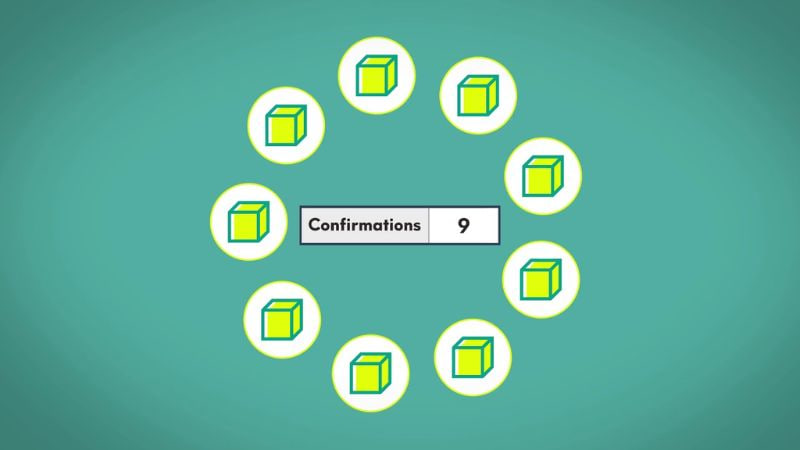
Authentication level
Although it's technically possible to alter a block's information before it’s confirmed (i.e., before the five validations), it’s extremely difficult due to:
-
Computational Power: Changing a block’s data not only affects its hash but also requires altering the hashes of subsequent blocks. This is practically unachievable given computational limitations.
-
Network Control: An attacker would need control over the entire network to modify a block's information, which is highly improbable.
-
Hash Collisions: Although extremely rare, hash collisions could theoretically occur due to cryptographic limitations. However, the probability of this is so low that changing a block’s information before confirmation is nearly impossible.
2.6. Rewards
The Bitcoin mining fee, or block reward, is the cryptocurrency amount paid to miners for validating transactions. In addition to the block reward, miners also receive transaction fees for any transactions included in that block.
These fees incentivize miners to continue mining and help maintain the network’s functionality. Bitcoin rewards decrease over time, with this reward process continuing until 21 million Bitcoins are in circulation. As of November 2023, Bitcoin trades around $36,400, yielding 6.25 Bitcoin, valued at about $227,500.
Once the 21 million cap is reached, Bitcoin rewards are expected to end, and miners will be compensated solely through transaction fees.
2.7. Mining Difficulty
Bitcoin mining difficulty measures how challenging it is to find a hash below a specific target. This difficulty adjusts approximately every two weeks based on miners’ performance and the network’s hash rate.
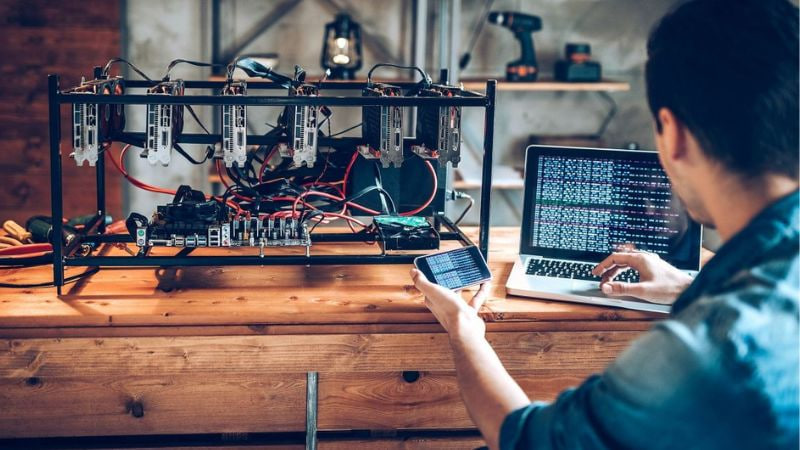
The difficulty level is set to maintain an average block time of 10 minutes, increasing if the time is below 10 minutes and decreasing if it’s above. As of October 2023, the difficulty level is 57.3 trillion, meaning the chance of successfully generating a valid hash is 1 in 57.3 trillion.
3. What is Bitcoin Mining as a Profession?
Bitcoin mining as a profession is a business venture that requires substantial investment in three main areas: electricity, mining hardware, and network infrastructure. Electricity powers the mining systems 24/7, and cooling these setups can also be costly.
Mining systems can range from desktops and gaming consoles to more advanced and expensive ASIC miners, which operate faster.
Network infrastructure requires multiple internal connections to link each mining rig to the primary router or server with internet access.
For the venture to be profitable, the total cost of these inputs must be less than the Bitcoin output. Currently, the total production cost per Bitcoin is around $26,500, including CapEx, electricity, and other OpEx. However, mining costs could rise to as high as $40,000 per Bitcoin after the 2024 halving event.

 English
English Tiếng Việt
Tiếng Việt.jpg)



